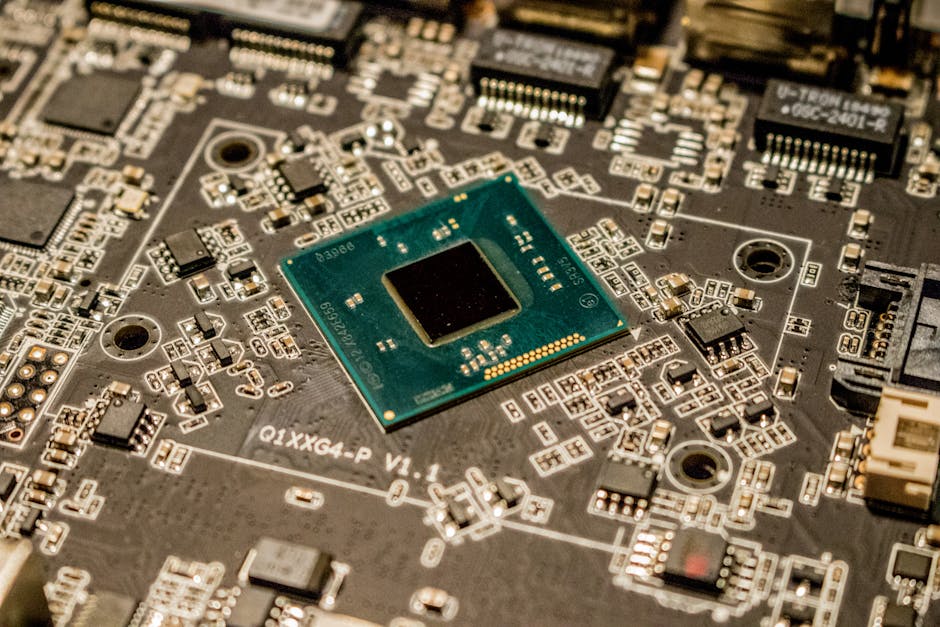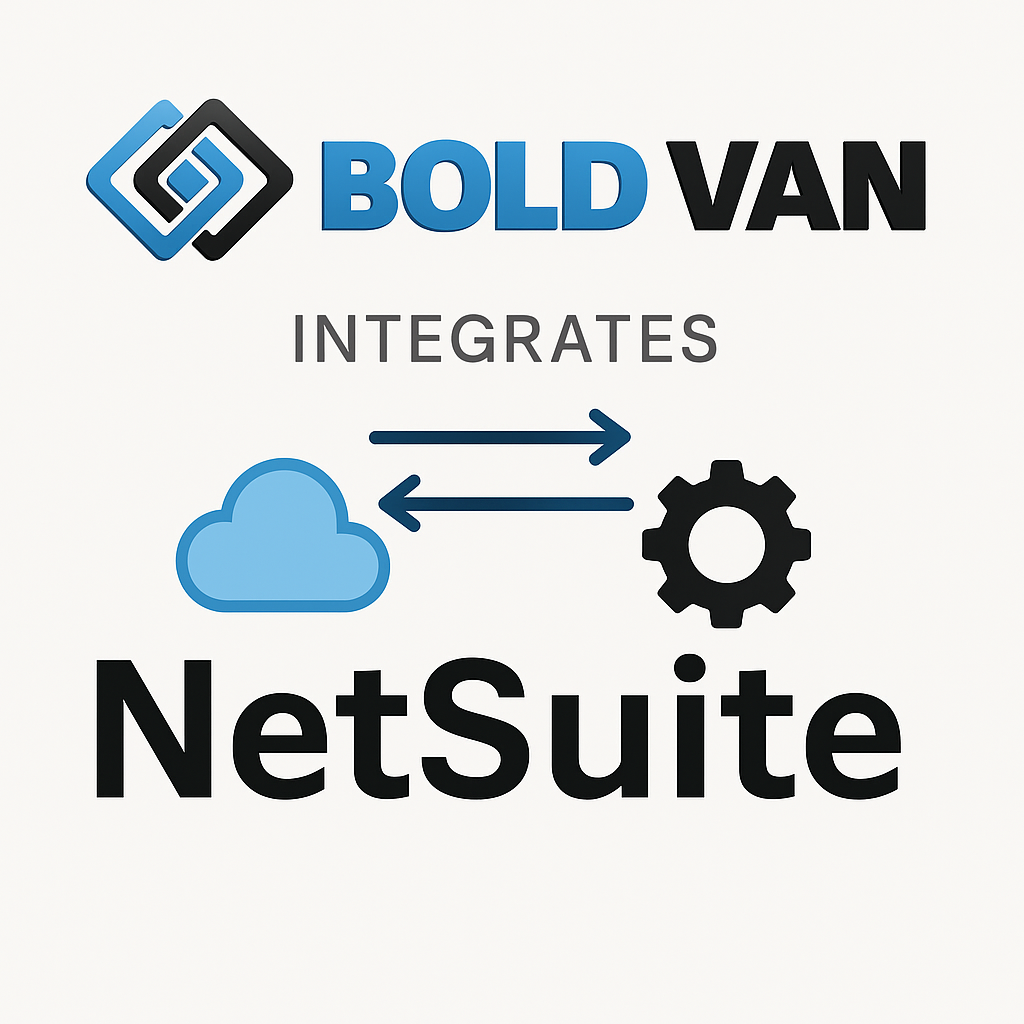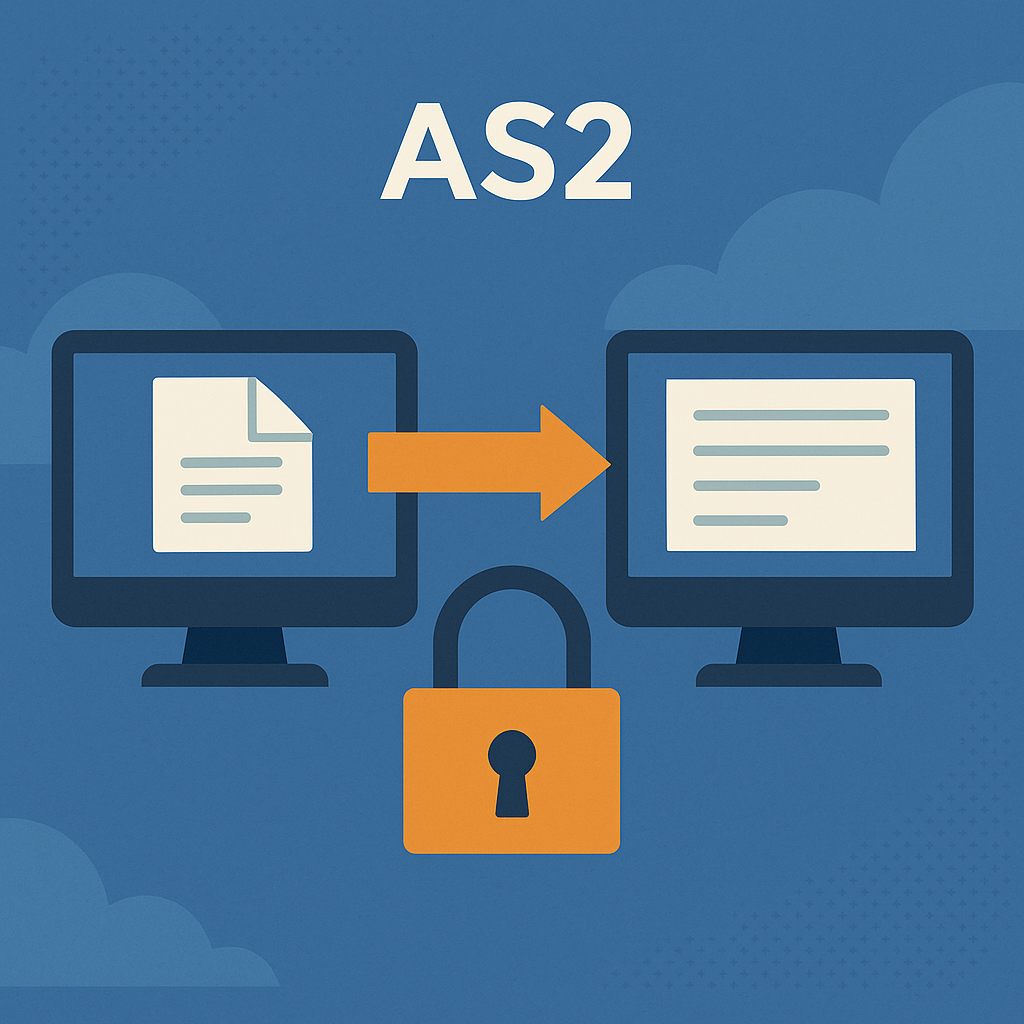
Integrating Electronic Data Interchange (EDI) with your manufacturing ERP isn’t just about connecting two data pipes. It’s a transformation that touches finance, operations, IT, and trading partner relationships. Over the years at BOLD VAN, we've guided manufacturers through countless EDI/ERP integrations—from midsize plants wrestling with legacy ERPs to swiftly scaling consumer brands looking to automate at every level. There’s no one-size-fits-all answer, but there are five crucial questions every manufacturing CFO, IT director, or EDI coordinator needs to clarify before launching into integration mode. Let’s get practical, strategic, and honest about what matters most.

A successful EDI integration pivots on your ERP’s adaptability—not just to exchange files, but to map, process, and automate the data where your teams need it. Ask yourself:
If not, expect a more involved project—often requiring custom mapping and managed file transfer. Modern ERPs such as NetSuite, Oracle, SAP, or Infor have better support, but real-world integration depends on your configuration, not just the logo on the box. Ensuring support for secure protocols (like AS2 or SFTP) is not just best practice, it’s required for compliance in most retail and supply chain settings.

EDI isn’t an IT-only project; it ripples across your organization. Before getting lost in technical requirements, work with departmental leaders to map exactly which internal modules and workflows are touched by EDI, such as:
Be specific: which teams will rely on EDI data daily? Where does manual effort currently slow things down? This drives true automation—not just electronic document transfer, but the real elimination of human bottlenecks. When possible, map every EDI document (by type and trading partner) to its downstream ERP workflow.

Technology alone doesn’t keep EDI running smoothly. Day-to-day EDI success in manufacturing belongs to a clear mix of stakeholders. Define roles and responsibilities now, not after go-live.
Plan for process training and establish escalation routes for exceptions. Even in highly automated environments, partner-specific quirks, specs updates, or rejected transactions inevitably arise. Team up—and invest in training before trouble strikes.
EDI ROI shines brightest at scale. Not every supplier, distributor, or retailer will be EDI-ready (though you might be surprised at how many are, especially in advanced supply chains). Evaluate:
Some manufacturers begin by integrating the top 20% of trading partners that drive 80% of document volume—then use phased onboarding. This helps align investment with business reality, and lets you measure cost savings as you ramp up EDI adoption.

The real value is end-to-end automation, not just converting files. Are you after true lights-out processing, or a semi-automated hybrid? Consider:
Set expectations upfront—fully automated, error-free flows are the aspiration, but the path there is built on detailed mapping, robust monitoring, and transparent exception management. Reliable vendors will be upfront about what’s possible out-of-the-box versus what needs tailoring.
Manufacturers that approach EDI with this kind of rigor often report 30-50% reduction in order-to-cash processing time and dramatic drops in manual keying errors—sometimes up to 90% fewer data entry mistakes post integration when the system is fully tuned to their workflows.
Unlike arms-length data pipelines or generic EDI brokers, BOLD VAN specializes in driving integration projects alongside your people, not just your software. Here’s what makes our approach unique for manufacturers:
Ready to start your EDI integration journey the right way? Explore our EDI Implementation services or contact us at BOLD VAN for a one-on-one strategy session. No obligations—just practical, manufacturer-driven advice you can use today.

In 2025, integrating EDI with NetSuite is a strategic necessity that streamlines the order-to-cash process for distributors through automation, API-driven connectivity, and SuiteScript, reducing errors, improving compliance, and accelerating settlement times. The blog details best practices for zero-downtime migration, seamless partner onboarding, and transparent pricing, empowering distribution teams to scale efficiently while maintaining audit readiness and cost control.

This blog breaks down the essentials of EDI VAN security, focusing on robust encryption (in-transit and at-rest), AS2 messaging for direct, predictable cost transactions, and comprehensive audit trails for compliance and real-world risk management. It also emphasizes strong authentication, flexible protocol support, and transparent pricing to streamline migration and safeguard supply chain operations without surprise fees.

An EDI VAN serves as a secure digital hub, handling document exchange through centralized mailboxes and flexible protocols to streamline integration and reduce hidden fees. Discover actionable strategies for cost control and efficient migrations, empowering businesses to maintain compliance and drive smoother, transparent supply chain operations.